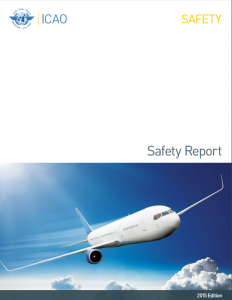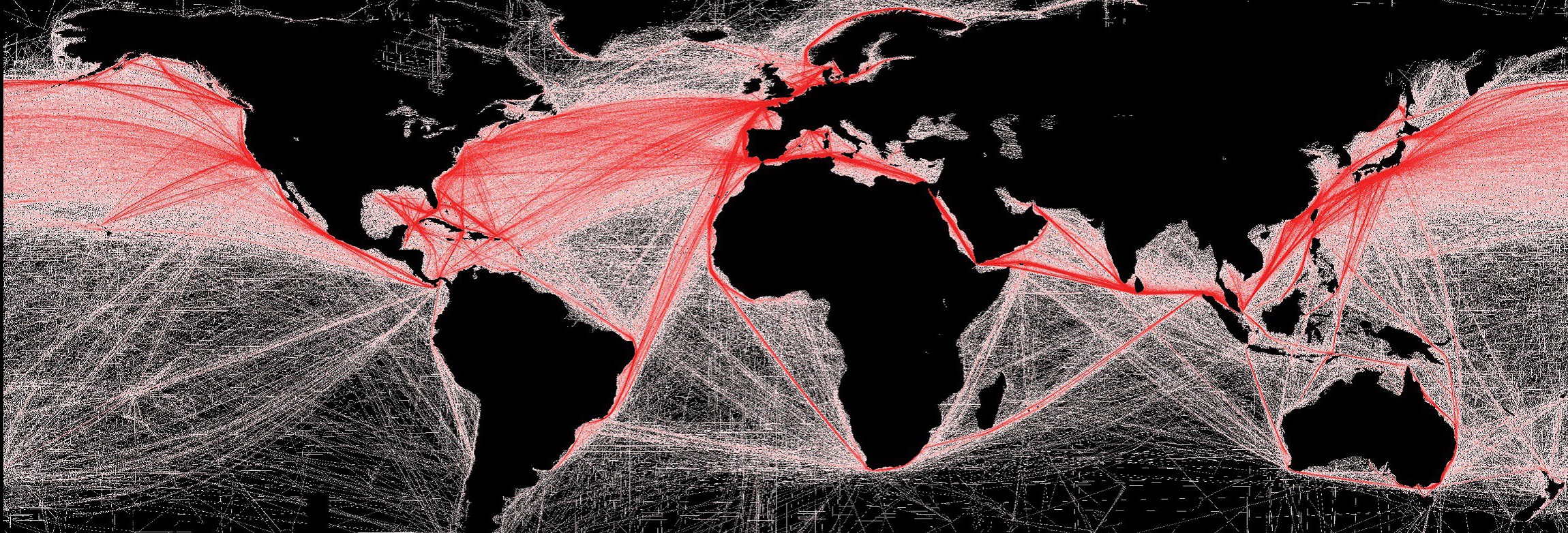ICAO Safety Report 2015 Edition
ICAO Safety Report 2015 Edition
 A Coordinated, Risk-based Approach to Improving Global Aviation Safety
A Coordinated, Risk-based Approach to Improving Global Aviation Safety
The air transport industry plays a major role in world economic activity. One of the key elements to maintaining the vitality of civil aviation is to ensure safe, secure, efficient and environmentally sustainable operations at the global, regional and national levels. A specialized agency of the United Nations, the International Civil Aviation Organization (ICAO) was created in 1944 to promote the safe and orderly development of international civil aviation throughout the world. ICAO sets the Standards and Recommended Practices (SARPs) necessary for aviation safety, security, efficiency and environmental protection on a global basis. ICAO serves as the primary forum for co-operation in all fields of civil aviation among its 191 Member States. Improving the safety of the global air transport system is ICAO’s guiding and most fundamental Strategic Objective. The Organization works constantly to address and enhance global aviation safety through the following coordinated activities: • Policy and Standardization initiatives. • Monitoring of key safety trends and indicators. • Safety Analysis. • Implementing programmes to address safety issues. In every case, these activities are augmented by ICAO’s detailed appraisal of global and regional aviation safety metrics on the basis of established risk management principles — a core component of contemporary State Safety Programmes (SSP) and Safety Management Systems (SMS). Applying these principles in the field of aviation safety requires ICAO to pursue a strategy comprised of proactive and reactive safety analysis and risk management processes. “In all of its coordinated safety activities, ICAO strives to achieve a balance between assessed risk and the requirements of practical, achievable and effective risk mitigation strategies.” This report provides updates on safety indicators including accidents occurring in 2014 and related risk factors, taking as a benchmark the analysis in previous reports.














